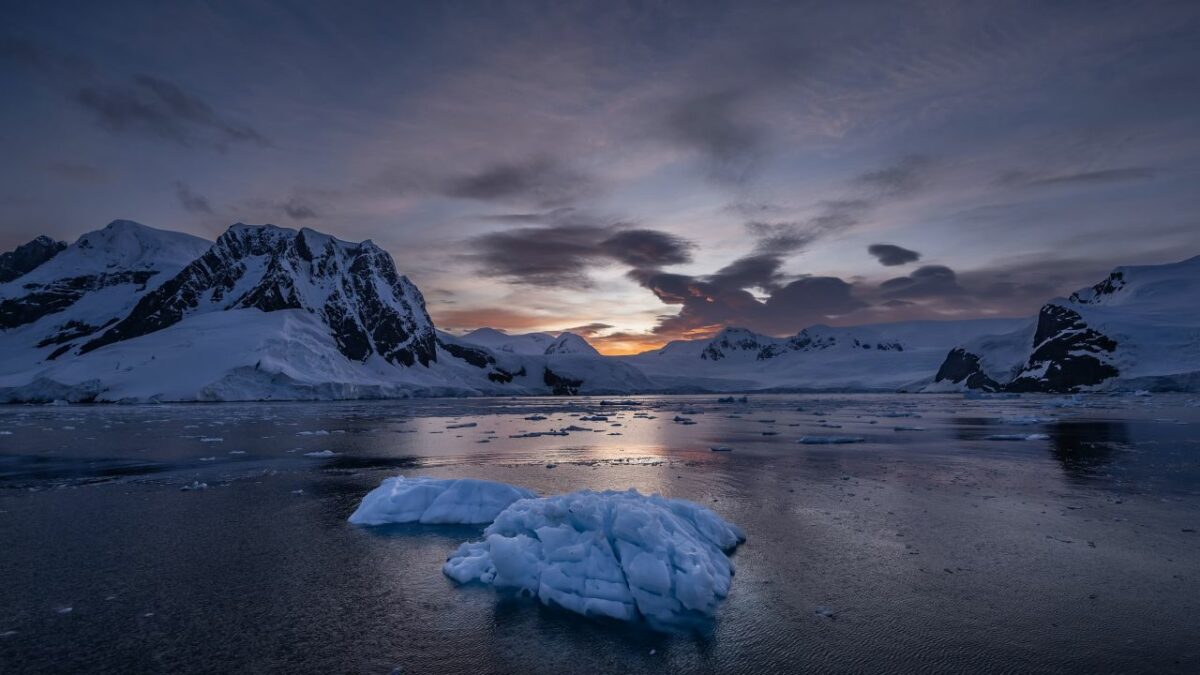As the Northern Hemisphere of the world grapples with excruciating heat this summer, the Southern Hemisphere, too, is reaching terrifying climate change milestones. Antarctica’s sea ice levels have fallen to unprecedented low levels this time around.
Antarctic sea ice, at the end of February, during the continent’s summer, recedes to its lowest levels. The sea ice then increases again over the winter. But this year, researchers have seen a unique phenomenon.
What has changed in Antarctica?
Sea ice levels are still well below what was anticipated. In fact, since records began keeping track 45 years ago, it is at its lowest levels for this time of year. According to the National Snow and Ice Data Centre (NSIDC), the amount of ice is almost 1.6 million square kilometers (0.6 million square miles) less than the previous winter record low, which was recorded in 2022.
The amount of sea ice in Antarctica was 2.6 million square kilometers (1 million square miles) less than the average between 1981 and 2010. In concrete terms, 2.6 million square kilometers is almost the size of Argentina.

Scientists have described this phenomenon as “off-the-charts exceptional”, a once-in-a-million-years rare event.
A glaciologist at the University of Colorado Boulder, Ted Scambos, told CNN that the game has changed and that “the system has changed.”
The Antarctic: an enigma
Antarctica is an uninhabited, complex continent. In contrast to the Arctic, where sea ice has been steadily declining as the climate crisis worsens, the Antarctic’s sea ice has fluctuated from record highs to record lows in recent decades, making it more challenging for scientists to comprehend how it is responding to global warming.
However, since 2016, a steep downward trajectory has been observed by scientists. While the sea ice is affected by natural climate fluctuation, many experts believe that climate change may be a key factor in the ice’s disappearance.
According to Scambos, a number of factors, including the intensity of the westerly winds surrounding Antarctica, which have been connected to an increase in pollution that causes global warming, contribute to sea ice loss.
The unusual weather this winter could indicate a long-term shift for the remote continent, according to Scambos. It’s more likely than not going to be a very long time, potentially “ever,” before we see the Antarctic system recover in the same manner it did some 15 years ago.
However, other scientists still believe that the Antarctic sea exhibits large year-to-year variability. A senior scientist at the National Snow and Ice Data Center said that it is too early to judge whether the phenomenon is the new normal or not.
A domino effect?
While sea ice does not directly affect sea level rise, it still plays a significant role. Sea ice disappearance causes indirect effects, such as leaving coastal ice sheets and glaciers exposed to warm ocean waves. This makes them vulnerable to melting and breaking off.
The animals of the area, particularly the penguins and seals that depend on sea ice for resting and feeding, as well as the krill that many of the area’s whales consume, suffer greatly from a lack of sea ice.

Also, Antarctica’s sea ice helps to control the planet’s temperature. Thus, its loss could have repercussions that extend well beyond the continent.
The sea ice reflects solar energy back into space. When the sea ice melts, it reveals the darker ocean waters underneath, which absorb the sun’s energy.
This year’s record low sea ice level is a very alarming signal, according to Scambos.













